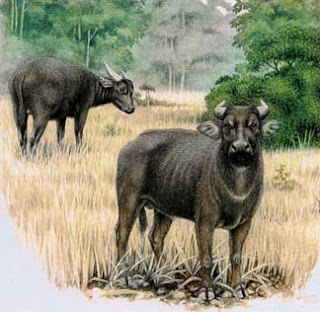 The Corroboree frogs are two species of small, ground dwelling frogs, native to Southern Tablelands of Australia. The two species are the Southern Corroboree Frog (Pseudophryne corroboree) and the Northern Corroboree Frog (Pseudophryne pengilleyi).
The Corroboree frogs are two species of small, ground dwelling frogs, native to Southern Tablelands of Australia. The two species are the Southern Corroboree Frog (Pseudophryne corroboree) and the Northern Corroboree Frog (Pseudophryne pengilleyi). The Southern Corroboree Frog was considered relatively numerous within its very small distribution in the 1970s, as of June 2004 it had and estimated adult population of 64. This species has suffered declines of up to 80% over the past 10 years. It is found only within a fragmented region of less than 10 km² within Mount Kosciuszko National Park in the Snowy Mountains in New South Wales. It is only found at 1300 m above sea level (Osborne 1989). It is currently listed as critically endangered and is considered to be one of, if not, Australia's most endangered species.
status-critically endangered





